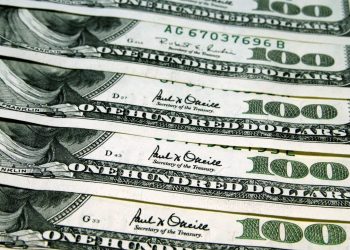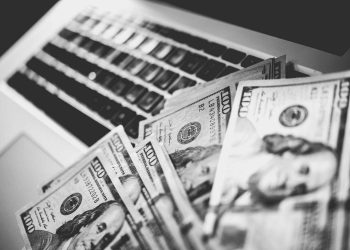It is not an unusual site to see a credit card company offering special regards like cashback. Many customers take advantage of those seemingly excellent deals: close to zero interest rates, cashback when purchasing with the card, bonus rewards, and many more. It is also a common practice by banks to make cashback offers to their long-time clients. How do the companies and banks still make a profit after giving such amazing offers to the user?
What you might have missed regarding the programs including cash rewards
It is always crucial to read all the conditions thoroughly. When it comes to the program mentioned above, it usually consists of a yearly limit. In this case, the fantastic 5% cashback might be actually constrained. In other cases, you would only receive such rewards if you execute a specific type of purchase.
The card offered by Discover is an example of such a product. It contains multiple conditions and limitations in the fine print – there is a 1,500$ purchase limit for every quarter, and when buying with NFC, it might not register the used amount and give you benefits.
Another such product is the Freedom card, which is offered by Chase – it has spending limits, certain purchase categories that count toward the program, again a 1,500$ limit in a quarter.
If you quickly do the math, you will see that a user who has agreed on 5% and a limit of 1,500$ for the cashback per year will not receive any benefits when spending more than 30,000$.
All of this is in the fine print, which many miss, thinking that the deal they are signing is amazing and has no further condition.

The Cash You’re Getting Is Not Free
Nowadays, credit card companies incentivize consumers to pay for their products at restaurants or shops to receive some program benefits. However, you should know that there is no such thing as free cash. When you use your card to make a purchase, the company you are buying has to pay a certain amount to the credit card company. Afterward, the latter just gives some of this money to the client. This is how they make a living.
Another way to earn a profit is by requesting big interest rates for credits or when a user is late with payment every month. The clients are incentivized to use the card more and more, but with the increase in purchase comes the higher chance of being overdue at some point.
Statistics show that the average interest rate is 16.61%, and 43% of all users tend to carry a balance from one month to another. It would be wise to assume that than coming across an amazing deal, it would also be including big fees and interest rates. That’s just the way it works.
Conclusion
Now that you are aware of all the hidden terms and limitations, you know that although those programs sound nice and could help with saving when using a credit card for different transactions, there is also more to it than it seems firsthand. You might come across limits on spending or particular categories for purchases hidden somewhere in the documents.
You always have to be careful with credit cards since they can make your debt bigger and cost fees to the sellers.
Visa has come out with an analysis stating that one purchase is around four times bigger when done with a credit card and supposed to be in cash and almost two times more when compared to a debit card. When using such products that offer cashback, we should never forget that we are tempted to spend more since we feel like we are making money with a certain purchase. All this does is help the credit card companies flourish.






